-
Thursday, 13 October 2022 Nouvel Building, Study Centre
To See What We Hear
Seminar by Alexandra T. Vázquez
RegistrationThis encounter takes place in two parts: the first presents, through a set of surprise objects, certain ways of incorporating the intuitive revelations that underly thought and the writing of each one into research practice. How can we capture those small and difficult fragments of the ephemeral which can influence us by making our erudition sharper? What can we do when the archive disappoints? What or who should we go to when we want to break the relationship between who we are and our objects of study? These are a few of the questions addressed here.
The second part explores the interview format and its relationship to biography. Understood as a genre, the interview enables us to speak to people about writing, which in turn becomes a device which is able to take research in fascinating directions.
-
Friday, 14 October 2022 Nouvel Building, Auditorium 200 and online platform
To Hear What We See
Lecture by Alexandra T. Vázquez
TicketsWhat would happen if music were a usual, expected and key component of any project and format from the art world? And if, for instance, the absence of music upon contemplating a painting or performance was perceived as uncomfortable restraint out of harmony with people? This lecture advocates music as a carrier of landscapes, extraordinary difficulties, seriousness and of vital and visceral knowledge with huge importance for education. In other words, with dimensions that go beyond the pleasure or usual physical enjoyment associated with music.
This lecture seeks to transit the different songs which illustrate and reveal how music manages to create visionary relations towards and between objects and different forms of expression. Music does not appear as “something that must be studied” from the acquisition collections of any museum, but is instead “something that must be brought” from productions on the street, in the cabaret or in the conservatoire. Music, built sound by sound across the centuries, can activate and expand, to a large degree, the way in which we perceive its aesthetics — and with teachings that take us far and wide. This is documented by the strident examples in this lecture, which come from Havana, the state of Bahía and al-Ándalus.
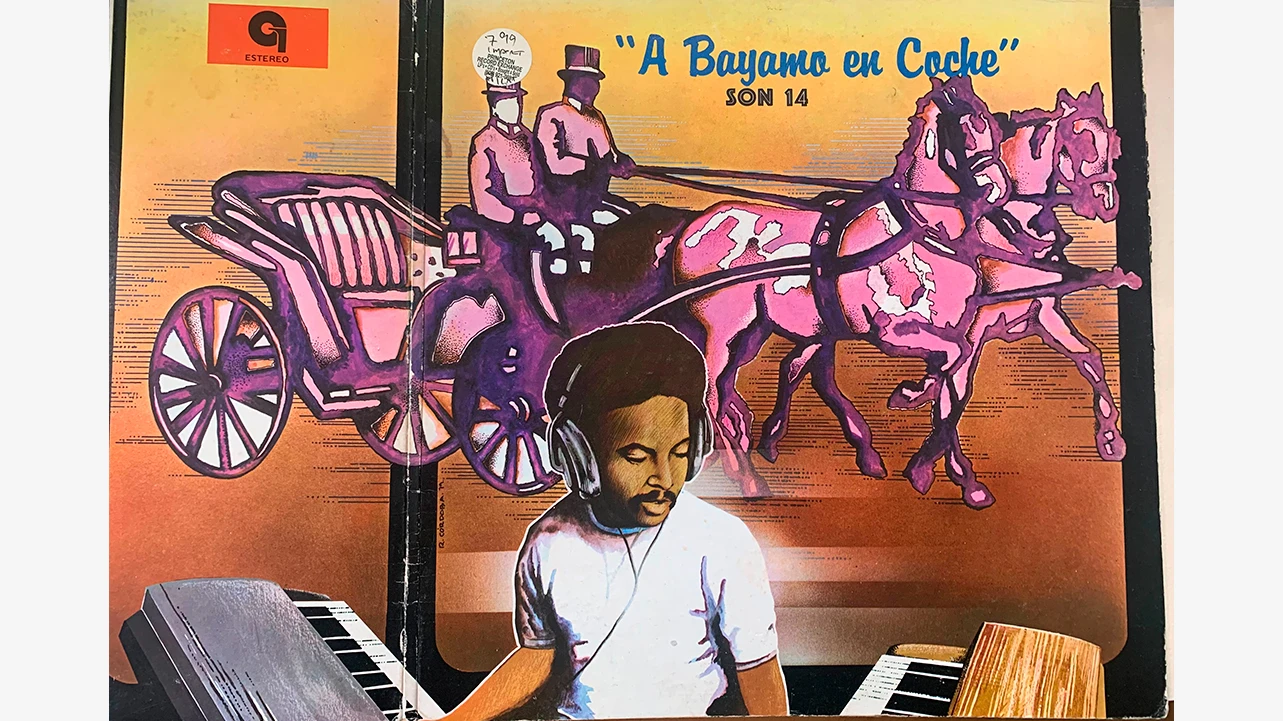
Held on 13, 14 oct 2022
The Museo Reina Sofía’s Juan Antonio Ramírez Chair invites Alexandra T. Vázquez, an associate professor of NYU’s Institute of Performing Arts at the Tisch School of the Arts, to participate in its programme of master lectures, an annual event which reflects upon the historiography of art, coinciding with the start of the academic year of the MA in Contemporary Art History and Visual Culture, organised jointly by the Autonomous University of Madrid, the Complutense University of Madrid and the Museo Reina Sofía.
The programme for this edition includes a seminar and a lecture concerning music’s relationship with different experiences, objects and spaces, and also the methods, modes and approaches around what we feel we know about the visual.
Alexandra T. Vázquez is a researcher, writer and associate professor in the Tisch School of the Arts at New York University (NYU). Her study focuses on music, race and ethnicity, and she has worked at Princeton University (2008–2015) and been a postdoctoral researcher on the Program in Ethnicity, Race and Migration at Yale University (2006–2008). Moreover, she has published numerous works in academic journals and publications, and her first book Listening in Detail: Performance of Cuban Music (Duke University Press, 2013) won the American Studies Association’s Lora Romero Prize in 2014. More recently, she has published The Florida Room (Duke University Press, 2022) and is currently working on her next project: Music and Migrancy: Sounds Out of Place.
Organised by
Museo Reina Sofía
Programme
Inside the framework of
TIZ 5. Phantasmata
Más actividades

Oliver Laxe. HU/هُوَ. Dance as if no one were watching you
Tuesday, 16 December 2025 – 7pm
As a preamble to the opening of the exhibition HU/هُوَ. Dance as if no one were watching you, film-maker Oliver Laxe (Paris, 1982) engages in conversation with the show’s curators, Julia Morandeira and Chema González, touching on the working processes and visual references that articulate this site-specific project for the Museo Reina Sofía. The installation unveils a new programme in Space 1, devoted from this point on to projects by artists and film-makers who conduct investigations into the moving image, sound and other mediums in their exhibition forms.
Oliver Laxe’s film-making is situated in a resilient, cross-border territory, where the material and the political live side by side. In HU/هُوَ. Dance as if no one were watching you, this drift is sculpted into a search for the transcendency that arises between dancing bodies, sacred architectures and landscapes subjected to elemental and cosmological forces. As a result, this conversation seeks to explore the relationship the piece bears to the imagery of ancient monotheisms, the resonance of Persian Sufi literature and the role of abstraction as a resistance to literal meaning, as well as looking to analyse the possibilities of the image and the role of music — made here in collaboration with musician David Letellier, who also works under the pseudonym Kangding Ray — in this project.
These inaugural conversations, part of the main working strands of the Museo’s Public Programmes Area, aim to explore in greater depth the exhibition narratives of the shows organised by the Museo from the perspective of artists, curators and specialists.
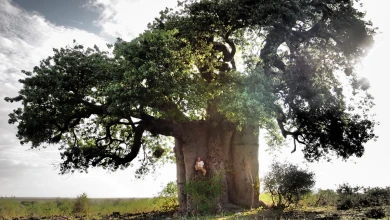
Francisco López and Barbara Ellison
Thursday, 11 December - 8pm
The third session in the series brings together two international reference points in sound art in one evening — two independent performances which converse through their proximity here. Barbara Ellison opens proceedings with a piece centred on the perceptively ambiguous and the ghostly, where voices, sounds and materials become spectral manifestations.
This is followed by Francisco López, an internationally renowned Spanish sound artist, who presents one of his radical immersions in deep listening, with his work an invitation to submerge oneself in sound matter as a transformative experience.
This double session sets forth an encounter between two artists who, from different perspectives, share the same search: to open ears to territories where sound becomes a poetic force and space of resistance.
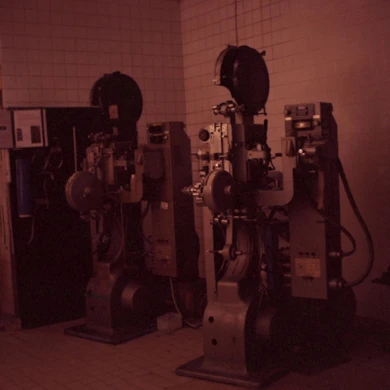
Long Live L’Abo! Celluloid and Activism
4, 5, 6 DIC 2025
L’Abominable is a collective film laboratory founded in La Courneuve (Paris, France) in 1996. It came into being in response to the disappearing infrastructures in artisan film-making and to provide artists and film-makers with a self-managed space from which to produce, develop and screen films in analogue formats such as Super 8, 16mm and 35mm. Anchored in this premise, the community promotes aesthetic and political experimentation in analogue film opposite digital hegemony. Over the years, L’Abominable, better known as L’Abo, has accompanied different generations of film-makers, upholding an international movement of independent film practices.
This third segment is structured in three sessions: a lecture on L’Abo given by Pilar Monsell and Camilo Restrepo; a session of short films in 16mm produced in L’Abo; and the feature-length film Une isle, une nuit, made by the Les Pirates des Lentillères collective.
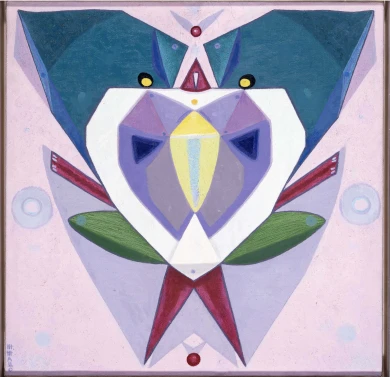
Estrella de Diego Lecture. Holding Your Brain While You Sleep
Wednesday, 3 December 2025 – 7pm
Framed inside the Museo Reina Sofía’s retrospective exhibition devoted to Maruja Mallo, this lecture delivered by Estrella de Diego draws attention to the impact of the artist’s return to Spain after her three-decade exile in Latin America.
Committed to values of progress and renewal in the Second Republic, Mallo was forced into exile to Argentina with the outbreak of the Civil War and would not go back to Spain to settle definitively until 1965 — a return that was, ultimately, a second exile.
Mallo saw out her prolific artistic trajectory with two impactful series: Moradores del vacío (Dwellers of the Void, 1968–1980) and Viajeros del éter (Ether Travelers, 1982), entering her most esoteric period in which she drew inspiration from her “levitational experiences” of crossing the Andes and sailing the Pacific. Her travels, both real and imaginary, became encounters with superhuman dimensions.
In parallel, her public persona gained traction as she became a popular figure and a key representative of the Generation of ‘27 — the other members of which also started returning to Spain.
This lecture is part of the Art and Exile series, which seeks to explore in greater depth one of the defining aspects of Maruja Mallo’s life and work: her experience of exile. An experience which for Mallo was twofold: the time she spent in the Americas and her complex return to Spain.
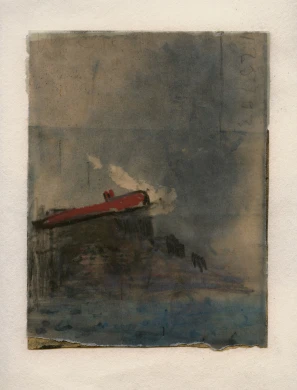
Juan Uslé. That Ship on the Mountain
Tuesday, 25 November 2025 – 7pm
Ángel Calvo Ulloa, curator of the exhibition Juan Uslé. That Ship on the Mountain, engages in conversation with artist Juan Uslé (Santander, 1954) in the Museo’s Auditorium 400 to explore in greater depth the exhibition discourse of this anthological show spanning four decades of Uslé’s artistic career.
The show casts light on the close relationship Uslé’s work bears to his life experiences, establishing connections between different stages and series which could ostensibly seem distant. Framed in this context, the conversation looks to explore the artist’s personal and professional journey: his memories, experiences of New York, his creative process, conception of painting, and ties with photography and film, and the cohesiveness and versatility that characterise his art. Key aspects for a more in-depth understanding of his artistic sphere.
The conversation, moreover, spotlights the preparatory research process that has given rise to this exhibition to grant a better understanding of the curatorial criteria and decisions that have guided its development.
These inaugural conversations, part of the main working strands of the Museo’s Public Programmes Area, aim to explore in greater depth the exhibition narratives of the shows organised by the Museo from the perspective of artists, curators and specialists.



![Miguel Brieva, ilustración de la novela infantil Manuela y los Cakirukos (Reservoir Books, 2022) [izquierda] y Cibeles no conduzcas, 2023 [derecha]. Cortesía del artista](https://recursos.museoreinasofia.es/styles/small_landscape/public/Actividades/ecologias_del_deseo_utopico.jpg.webp)
![Ángel Alonso, Charbon [Carbón], 1964. Museo Reina Sofía](https://recursos.museoreinasofia.es/styles/small_landscape/public/Actividades/perspectivas_ecoambientales.jpg.webp)